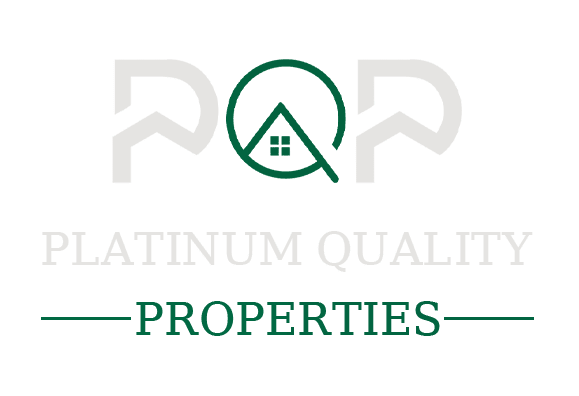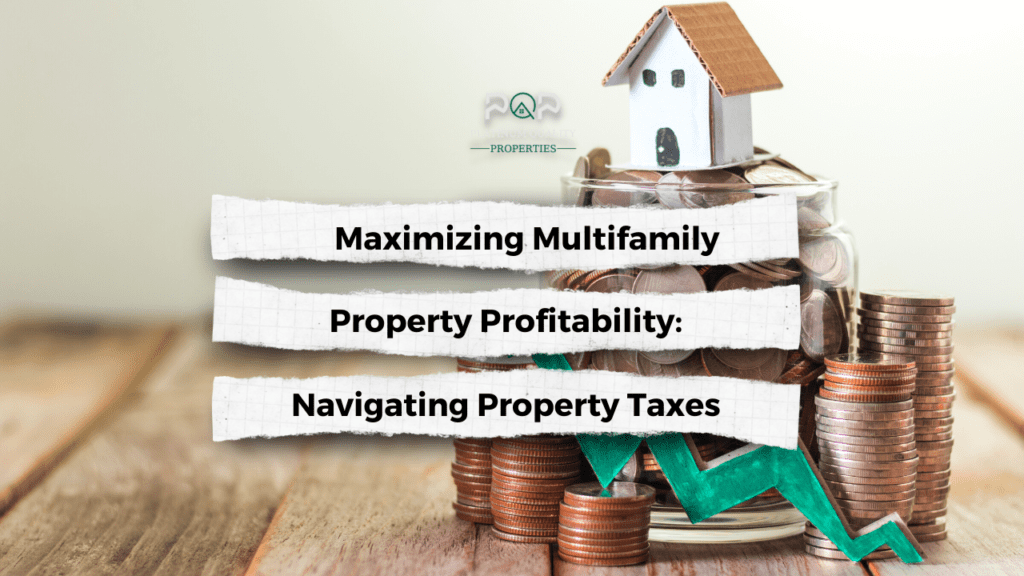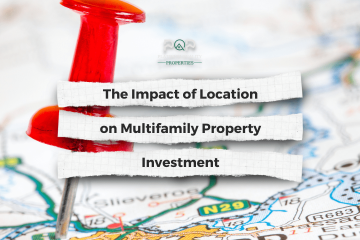As a real estate investor, it’s important to consider all the costs associated with owning and managing a property. One cost that can significantly impact the profitability of a multifamily property investment is property taxes. Property taxes are levied by local governments and can vary widely from state to state and even between municipalities within a state. In this blog post, we’ll discuss some of the key considerations when it comes to property tax on multifamily properties, including rates, incentives, and how to estimate your tax liability.
Understanding Property Tax Rates
Property tax rates are determined by local governments and are typically calculated based on the value of the property using the mill rate. Each year, the property is assessed by a local assessor, who estimates its market value. The assessed value is then multiplied by the local tax rate to determine the amount of property tax owed. The tax rate is typically expressed as a percentage of the assessed value, and it can vary widely depending on the location of the property.
In addition to the local tax rate, there may be additional taxes or fees assessed on the property, such as school district taxes, special assessments, or municipal fees. All of these costs should be factored into your calculation of the property’s overall tax liability.
Researching Potential Tax Breaks and Incentives
In addition to the basic property tax rate, there may be potential tax breaks or incentives available for multifamily property owners. These can include exemptions, abatements, or credits that can help reduce the overall tax burden on the property.
For example, some states offer property tax exemptions for properties that are used for affordable housing or that meet certain energy efficiency standards. Other incentives may be available for properties located in designated opportunity zones or that are being redeveloped as part of a local revitalization effort.
To take advantage of these incentives, it’s important to do your research and understand the specific requirements and application processes. Many incentives are time-limited, so it’s important to act quickly and submit your application in a timely manner.
Estimating Your Tax Liability
Before investing in a multifamily property, it’s important to estimate the property’s overall tax liability as part of your due diligence process. To do this, you can start by researching the local tax rate and any potential incentives that may be available. You can also work with a local real estate agent or tax professional who can help you estimate the property’s assessed value and calculate its tax liability based on current tax rates.
It’s also important to factor in potential changes in tax rates or assessments over time. Property tax rates can fluctuate based on changes in local budgets, economic conditions, or other factors, so it’s important to stay informed and monitor potential changes that may impact your investment.
Challenges of Property Taxation for Multifamily Properties
Property taxation can be a complex issue for multifamily property investors. One of the key challenges is that the property’s assessed value may not always reflect the actual market value of the property. This is because the assessed value is often based on a mass appraisal, which may not take into account the specific characteristics and condition of each individual property.
Another challenge is that property taxes are often based on the assumption that the property is fully occupied and generating maximum rental income. If the property experiences high vacancy rates or other disruptions that impact its rental income, the property tax liability may still be based on the original assessment, which can lead to higher taxes than the property can support.
Mitigating Property Tax Liability
There are several strategies that multifamily property investors can use to mitigate their property tax liability. One approach is to appeal the property’s assessed value if it is significantly higher than the actual market value. This can be a complex process that may require the assistance of a local real estate agent or tax professional, but can result in significant savings over time.
Another strategy is to monitor the property’s occupancy and rental income and update the local tax assessor when changes occur. This can help ensure that the property’s assessed value and tax liability are more accurately aligned with its actual income-generating potential.
Finally, investors can also consider strategies such as cost segregation, which involves identifying and separating out the different components of a property and assigning them to different tax categories. This can help reduce the property’s overall tax liability and increase its cash flow.
—
Property tax is an important consideration for multifamily property investors, as it can significantly impact the profitability of the investment. It’s important to research local tax rates, incentives, and potential challenges associated with property taxation, and to develop strategies to mitigate the property’s tax liability over time. By working with experienced real estate and tax professionals and staying informed about changes in local tax laws, investors can maximize the potential return on their multifamily property investments.
At PQP, we understand that property taxation can have a significant impact on the profitability of your multifamily property investment. That’s why we’ve created a comprehensive guide to navigating property taxes, including researching tax rates, identifying potential tax incentives, and mitigating tax liability over time. With our help, you can maximize the potential return on your investment and achieve your financial goals.
Visit pqpllc.com today to learn more and get started on your path to success.




